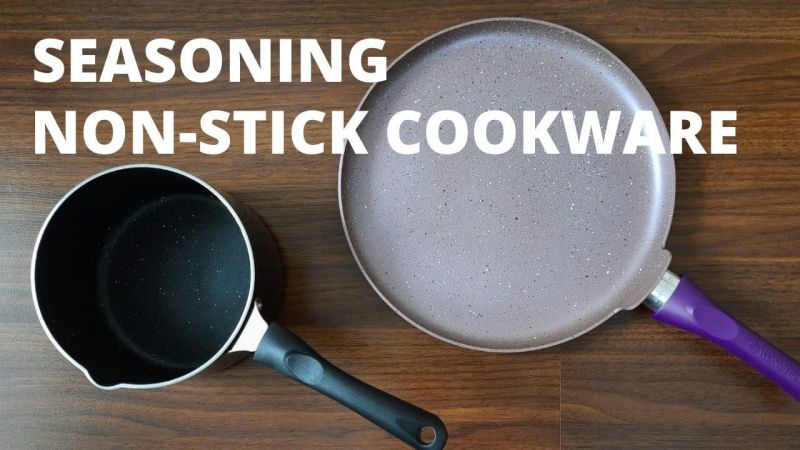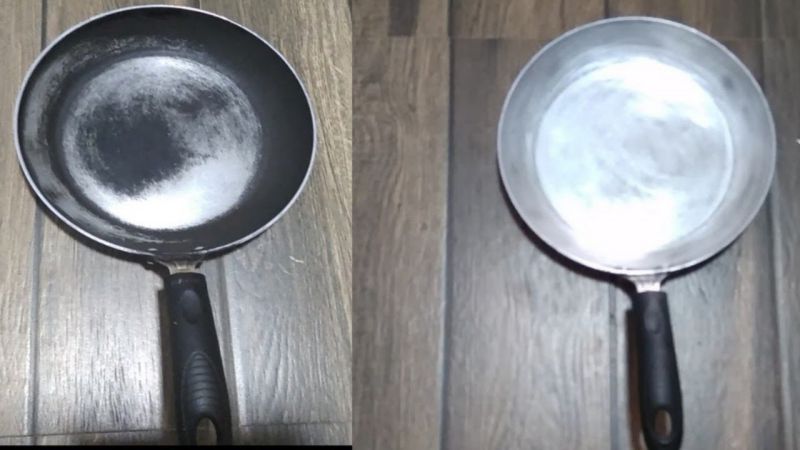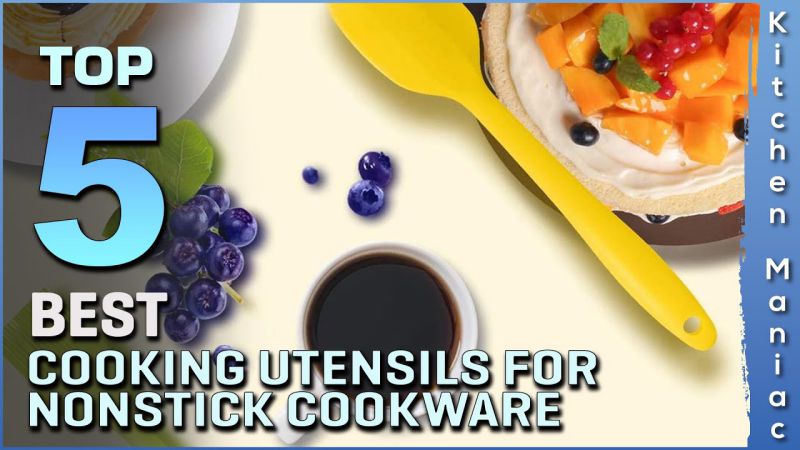In this article, I will guide you on When To Replace Nonstick Pans which is very helpful for you.
Non-stick pans are popular utensils and also a lifesaver for many home cooks. They allow for quick and easy food release and make for simple clean-up. However, as with all kitchen items, non-stick pans eventually lose their effectiveness and need to be replaced.
If you are looking for when to Replace Your Nonstick Pans, you should consider some important points. Because it is essential for ensuring the quality of your cooking and avoiding any potential health concerns.
The longevity of a non-stick pan depends on several factors, including how often it’s used, what type of food is being cooked, and at what temperature. Moreover, the non-stick pan should be replaced every 2-5 years, or if its coating begins to flake off into your food.
If you notice any scratches or cracks in the surface of your non-stick pan, it may be time to replace it as well, as these can trap food particles and bacteria. Additionally, using metal utensils on a non-stick surface can scratch the coating and reduce its lifespan, making it important to consider a replacement.
To keep your non-stick pan in top condition, it’s recommended to avoid high heat and use silicone or wooden utensils instead. By replacing a non-stick pan in a timely manner, you’ll be able to enjoy delicious, well-cooked meals for years to come. Before moving to further detail, let’s discuss when to replace nonstick pans and also their benefits.
Table of Contents
What Are Non-Stick Pans?
Non-stick pans are an essential kitchen item that offers convenience and versatility like no other. With their unique coating, cooking delicate dishes such as eggs or fish is a breeze, as food doesn’t stick to the surface.
The key to the non-stick magic lies in the coating, usually made from Teflon or a similar material, which is applied to the surface of the pan through a process of electrostatic spraying or roller coating.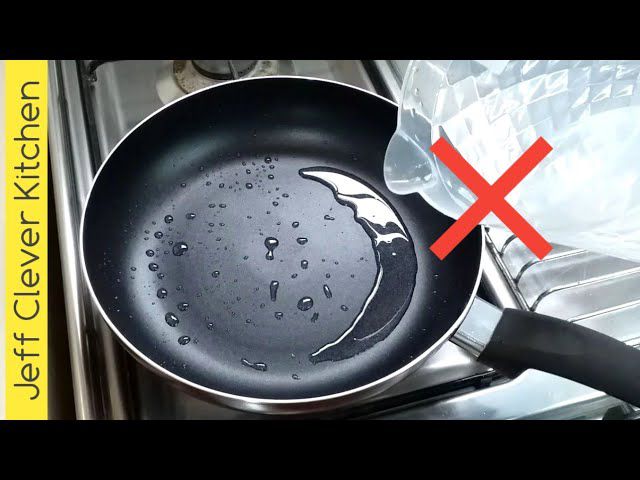
Non-stick pans are also highly versatile and can handle a wide range of cooking techniques, including sautéing, stir-frying, and simmering. They are often safe to use on high heat, making mealtime quick and efficient.
However, non-stick pans do have some drawbacks. Over time, the non-stick coating may scratch or flake off, especially if you use metal utensils or subject the pan to high heat.
This could cause small particles of the coating to end up in your food and in some cases, pose a health risk. Additionally, non-stick pans may not be as long-lasting as other types of cookware and may need to be replaced more frequently.
When To Replace Nonstick Pans
Nonstick pans are an essential kitchen item for many people, providing a convenient and non-stick cooking surface. However, like all cookware, nonstick pans eventually wear out and need to be replaced.
To keep your food safe and of high quality, it’s important to know when to replace your old nonstick pan.
Visible Damage
If you notice chips or scratches on the surface of your pan, it’s time to replace it. The nonstick coating can begin to peel or flake, potentially contaminating your food. Additionally, the exposed metal can react with acidic ingredients, affecting the taste of your food.
Food Sticking
If your food starts to stick to the pan, it’s a sign that the nonstick coating is no longer effective. Over time, the coating will become less efficient, leading to food sticking to the surface and making cooking and cleaning more challenging.
Cleaning Problems
If the pan becomes discolored or hard to clean, it’s a sign that the nonstick coating is breaking down. This can result in residue buildup, making cleaning difficult, and potentially affecting the taste of your food.
Age
The lifespan of a nonstick pan is typically 2-5 years, depending on usage and maintenance. But always remember that you should replace your non-stick pan after 5 years. The nonstick coating will naturally deteriorate over time, even with proper care, leading to a decline in performance and quality.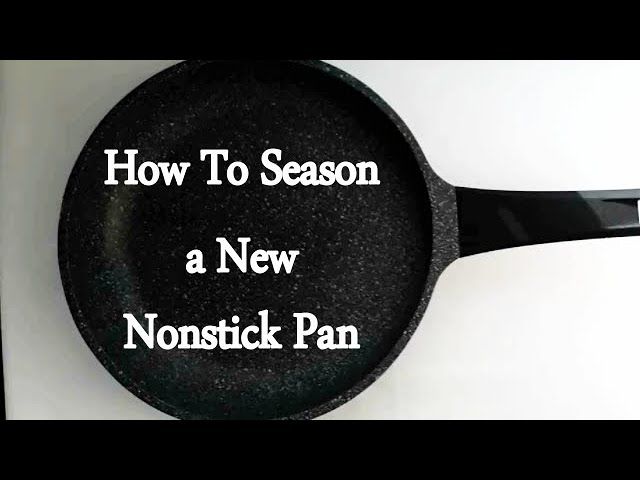
Related Posts:
- How To Cook Hashbrowns In A Frying Pan
- How To Remove Burnt On Oil From Non Stick Pan
- How To Clean Burnt Grease From Bottom Of Frying Pans
How Long Your Non-Stick Pans Will Last
Non-stick pans have become a staple in kitchens everywhere due to their convenience and ability to cook food with less oil and without the frustration of food sticking to the surface. However, the longevity of your non-stick pan can be impacted by several factors.
Frequency of use, the type of food being cooked, and proper care are all important factors in determining the lifespan of your non-stick pan. If you take care of your pan, using it correctly and maintaining it properly, a high-quality non-stick pan can last several years.
To ensure your non-stick pan lasts, it’s essential to use wooden or silicone utensils instead of metal, which can scratch the surface.
The type of coating that keeps food from sticking is a vital factor in determining the longevity of your pan.
- Teflon, the original non-stick coating, has been around for years. But its durability may decrease and it may not be as safe as newer materials like ceramic, making it less ideal.
- Ceramic non-stick pans are free of harmful chemicals and generally more durable but like any pan. So, they can become scratched and show signs of wear with time.
If you want to use your non-stick pan for more than 5 years, you should take care of everything. You can avoid harsh detergents and abrasive sponges. Additionally, regularly seasoning the pan with oil can help maintain its non-stick properties. By following these simple tips, your non-stick pan can provide you with delicious and effortless cooking for many years to come.
Conclusion
In the cooking field, nonstick pans are a real lifesaver. They make food slide right off, cutting down on cleanup time and hassle. But like anything in life, nonstick pans have a shelf life. Plus, it’s important to know when to say goodbye to them.
If your pan is over 2-3 years old and has been well-loved, it might be time to replace it. You’ll know it’s time when you start to see scratches, peeling, or dullness in the nonstick coating.
A damaged nonstick coating can release harmful chemicals into your food, so it’s best to play it safe. To avoid all this, invest in a high-quality pan and replace it as needed.

